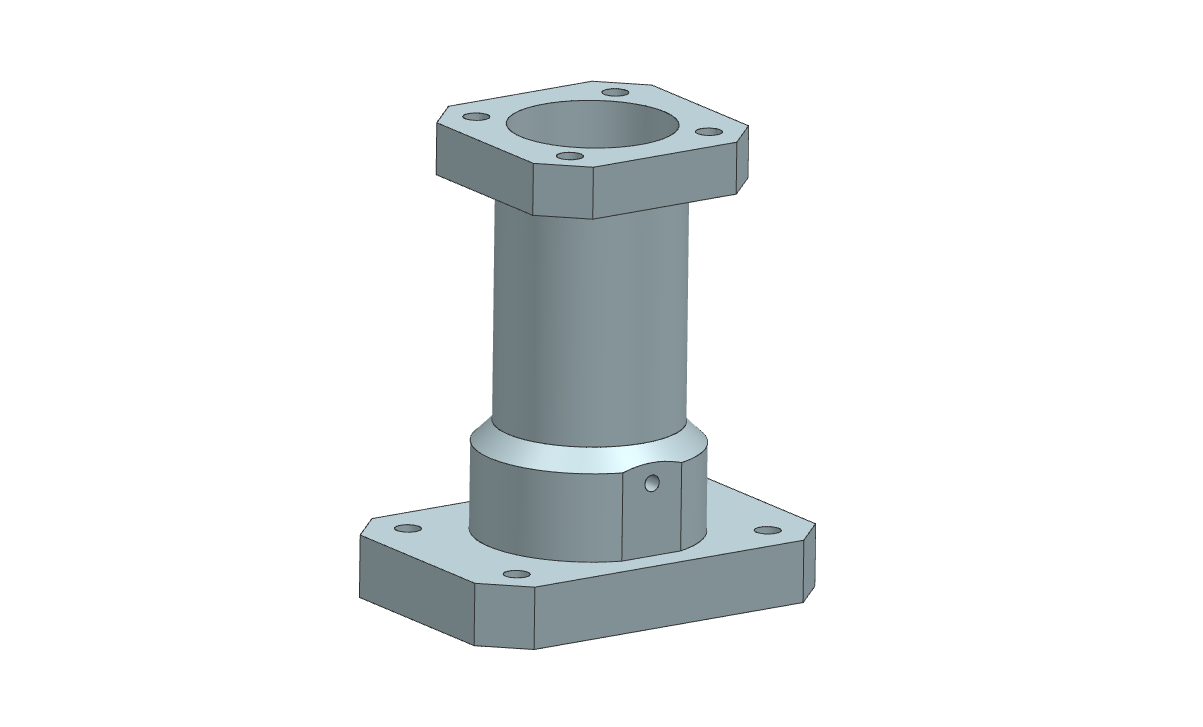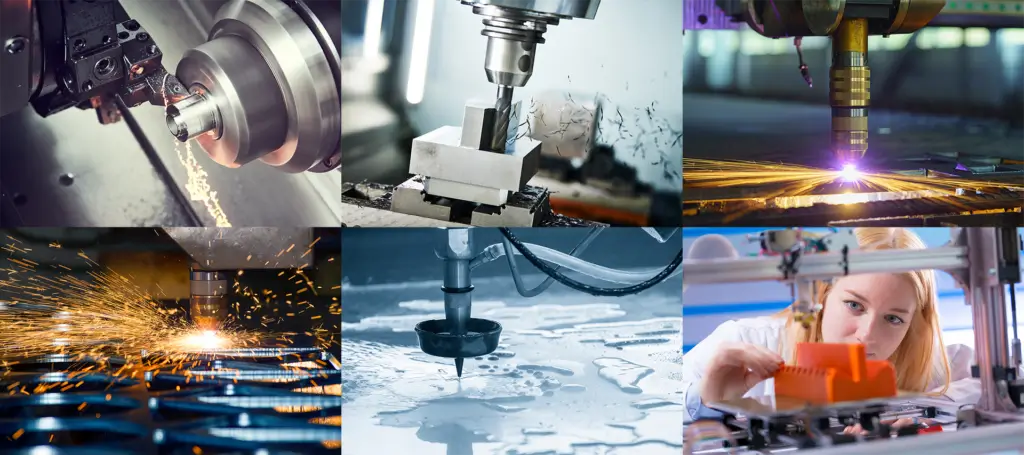A CNC milling machine is a common type of machining equipment. During the CNC milling process, the accuracy of machined parts can be affected by many factors. If these issues are not properly addressed, the dimensions and shapes of the machined parts may fail to meet the design requirements specified in the drawings, ultimately compromising the quality of the final product.
To overcome these influencing factors, CNC milling machine operators need to have a comprehensive understanding of the elements that affect machining accuracy. After gaining sufficient practical experience, they should analyze these factors and adopt effective solutions to minimize or eliminate their impact, thereby improving the precision of CNC milled parts.
Table of Contents
1. Factors Affecting the Machining Accuracy of CNC Milling Machines
The factors that affect the processing accuracy of CNC milling machines can be roughly analyzed from the following three aspects, namely the accuracy of the CNC milling machine equipment itself, the condition of the blanks used for processing parts, and the values of the milling parameters used in the milling process.
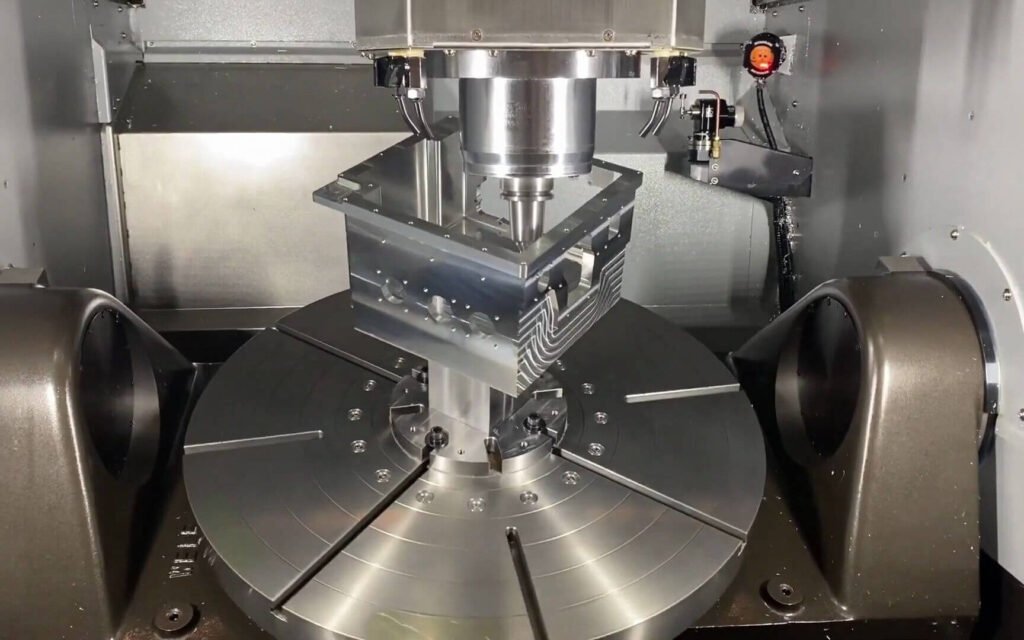
(1) Precision of the CNC Milling Machine Itself
As a widely used machining tool, a CNC milling machine’s ability to produce precise parts is affected by multiple factors.
The structural precision of the milling machine directly determines the final quality of the part.
- Insufficient rigidity of the guide rails or spindle can cause vibration or micro-movements, resulting in unstable dimensions.
- Assembly errors especially in domestically assembled machines, may lead to system misalignment.
- Deviations in the CNC control system can amplify minor errors, reducing repeat positioning accuracy.
Whether the CNC machine maintains stable performance, meets rigidity standards, and withstands mechanical vibration during processing, all of these aspects significantly influence the quality of the finished product. Therefore, to enhance machining precision, it is essential to ensure the intrinsic accuracy and stability of the CNC milling machine itself.
(2) Influence of Workpiece Blanks and Errors
During milling operations, measurement errors caused by the cutting tool and other factors can also affect the machining accuracy of CNC milling machines. The tools used in CNC milling are influenced by various aspects, including tool material, tool dimensions, and tool alignment angles. If the selected tool parameters do not properly match the material being milled, machining errors will occur, resulting in reduced dimensional accuracy or substandard surface finish. Moreover, the inherent form and positional errors of the workpiece blank and the performance of the cutting tools are also key variables that impact machining precision.
- Blank-related issues: Problems such as casting deformation, rough surfaces, or improper clamping and positioning can cause reference datum deviation, leading to errors during machining.
- Tool-related issues: If the tool’s material, wear condition, alignment angle, or size does not match the material being processed, it may cause cutting deviation and thermal deformation during milling.
- Clamping-related issues: Bearing clearance or loose fixtures can amplify minor deviations, reducing part accuracy.
Additionally, when machining different parts, the forces applied on the CNC milling machine vary depending on the cutting conditions. This variation can cause differences in the gaps between bearings, ultimately influencing machining precision and reducing overall equipment accuracy.
(3) Influence of Cutting Parameters
During the milling process, parameters such as spindle speed, depth of cut, feed rate, and milling speed play critical roles. Different parts require different combinations of cutting parameters, and these directly affect machining quality in terms of precision, dimensional accuracy, and surface roughness.
Cutting conditions (including spindle rotation speed, feed speed, and cutting depth) have a significant impact on accuracy:
- Excessive spindle speed may cause heat-induced deformation and vibration.
- Overly deep cuts can result in tool load fluctuations and reduced dimensional stability.
- Improper feed rate may lead to uneven surface roughness or tool chatter.
Therefore, before machining parts with a CNC milling machine, it is essential to select appropriate cutting conditions scientifically and reasonably—taking into account the machine’s performance, the tooling setup, and the specifications indicated on the part drawings.
2. Common Machining Accuracy Issues and Cause Analysis
| Observed Issue | Possible Cause | Recommended Solution |
|---|---|---|
| Dimensional deviation ±0.03 mm | Insufficient guideway accuracy, backlash not compensated | Calibrate the machine and enable backlash compensation |
| High surface roughness | Tool wear, inappropriate cutting parameters | Replace the tool and optimize feed rate and cutting conditions |
| Workpiece deformation after machining | Thermal expansion, inadequate heat dissipation | Control machining temperature rise and improve the cooling system |
| Repeat positioning error | Insufficient fixture precision or unstable clamping force | Enhance fixture rigidity and improve positioning reliability |
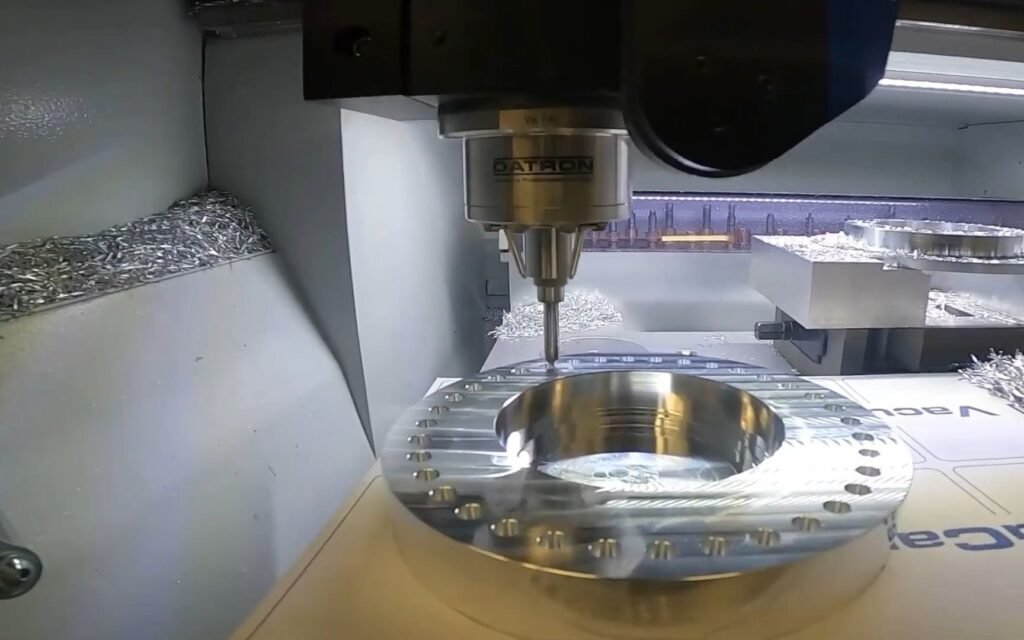
3. Solutions to Improve CNC Milling Machining Accuracy
The mastery of CNC milling operations comes only through long-term hands-on experience. Operators must continuously summarize methods and adapt to different types, materials, and sizes of workpieces to minimize machining errors. The following are several key strategies to improve machining accuracy:
(1) Reference Surface Positioning for Workpiece Clamping
During CNC milling, the workpieces often come in various shapes such as cylindrical, square, or spherical—and are typically made from rough blanks with uneven surfaces.
Because such blanks inherently have dimensional deviations, they can reduce machining accuracy if not properly positioned. To counter this, accurately determining and fixing the reference surface is crucial. This not only helps correct positional errors and improve precision but also makes it easier for the operator to measure dimensions and maintain consistency in machining results.
(2) Temperature Control of the Equipment
During the machining process, friction between bearings and other moving parts of the milling machine generates significant heat. Combined with the heat produced from the friction between the cutting tool and the workpiece, this leads to a rapid temperature rise in both the machine and the blank.
If the milling machine fails to dissipate heat effectively, thermal deformation may occur in the workpiece, leading to dimensional inaccuracies.
To address this, the CNC milling machine should be equipped with an appropriate cooling or heat dissipation system. Increasing the machine’s heat dissipation surface area helps maintain a stable operating temperature, prevents deformation, and reduces thermal errors, ultimately improving machining precision and overall part quality.
(3) Applying Error Compensation During Machining
Even under ideal conditions, precision errors may occur during CNC milling operations. In such cases, error compensation techniques can be used to correct deviations and improve part accuracy. There are two main compensation methods:
Method ①: Backlash compensation
If the CNC system exhibits reverse backlash, operators can program compensation directly into the control software. By defining precise positioning units in the program, reverse deviation can be offset, ensuring consistent machining accuracy.
Method ②: Interpolation compensation through CNC programming
Without altering the machine’s hardware, CNC programs can perform interpolation to offset bearing gaps or vibration-induced clearance within the machine. This dynamic compensation maintains tight tolerances during operation, effectively reducing machining errors and improving dimensional precision.
(4) On-site Monitoring and Process Supervision
Maintaining machining accuracy also depends heavily on effective supervision and process control during operation. Regular on-site monitoring helps identify and correct improper operator behavior or procedural errors in real time.
By establishing standardized operating procedures and reinforcing training, operators can avoid mishandling that leads to accuracy loss. In turn, this proactive management ensures stable, high-quality machining output.
Improving machining precision is not a one-time effort. It’s a continuous process of exploration and refinement. Through consistent analysis of influencing factors, adoption of scientific methods, and optimization of both equipment and human operation, CNC milling accuracy can steadily be enhanced until the final part dimensions fully meet design specifications and satisfy customer quality expectations.
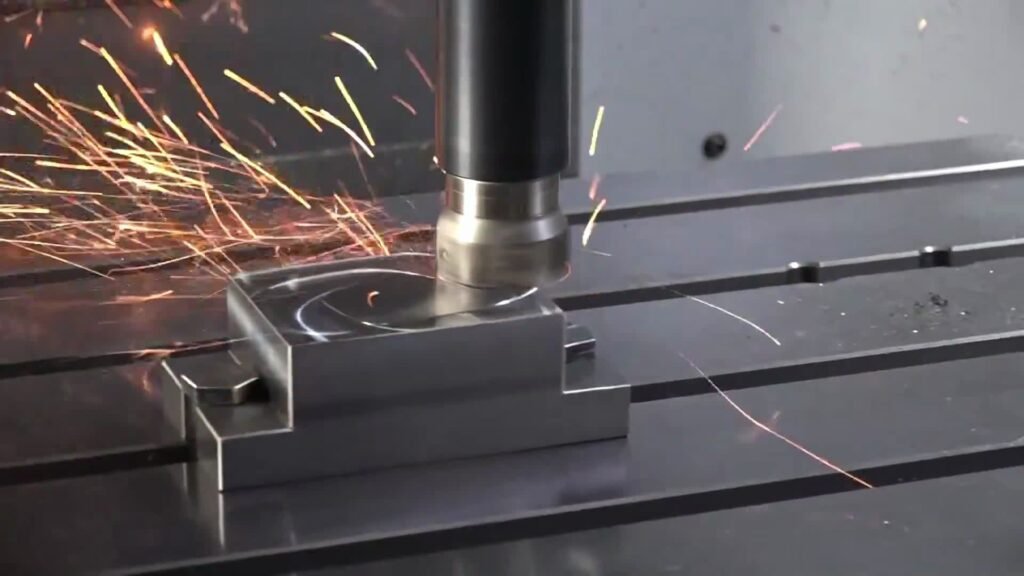
4. Building a Systematic Approach to Precision Control
In modern manufacturing, improving CNC milling accuracy is not about optimizing a single factor, it’s a system-level challenge that spans across departments and processes. The variables that influence precision such as equipment performance, process parameters, tool condition, ambient temperature, and operator skill are all deeply interconnected. A deviation in any one of these areas can cascade into significant overall machining errors.
Therefore, companies must adopt a “systems thinking” approach to precision control, creating a management framework where every link in the chain is controlled, monitored, and traceable.
This system should follow a continuous improvement loop built on five key stages: error prevention → real-time monitoring → dynamic correction → data analysis → continuous improvement:
Error Prevention: Use simulations and pilot testing during process design to identify and eliminate potential error sources before production begins.
Real-Time Monitoring: Utilize sensors and digital platforms to detect subtle changes in machining conditions as they happen.
Dynamic Correction: Apply tool compensation and in-process measurement systems to correct deviations instantly.
Data Analysis: Analyze production data to uncover patterns, identify machine wear trends, and optimize process parameters.
Continuous Improvement: Through standardization and PDCA (Plan–Do–Check–Act) cycles, convert accumulated experience into a sustainable core competency for precision manufacturing.
This systematic approach transforms machining accuracy from a matter of experience into a data-driven, predictable process — one that enables manufacturers to stay competitive in an increasingly intelligent manufacturing landscape.
5.Conclusion
CNC milling accuracy is more than just a measure of process capability — it’s a reflection of a company’s manufacturing strength and brand credibility.
High-precision manufacturing represents both respect for every micron and the mastery of every process variable. It showcases a company’s depth in equipment management, process optimization, and technological innovation.
As a trusted CNC machining expert with over a decade of industry experience, YP-MFG Machining upholds the principle of “Precision Drives Quality.”
By leveraging high-end 5-axis machining centers, automated measurement systems, and tightly controlled process workflows, we deliver end-to-end manufacturing solutions from prototype development to large-scale production. Contact us today.
Whether it’s medical implants, aerospace structural components, or complex electronic precision parts, YP-MFG ensures consistent dimensional accuracy, superior surface finish, and reliable delivery, helping clients worldwide enhance performance and drive innovation.

